Concept
Alternate Profiles
Different views and formats:
Alternate Profiles ?Profiles (alternative information views) encoded in various Media Types (HTML, text, RDF, JSON etc.) are available for this resource.
- Preferred Labelskos:prefLabel
UML-to-GML Application Schema Pilot (UGAS-2020) Engineering Report
- URI
- http://www.opengis.net/def/docs/20-012 ↗Go to the persistent identifier link
- Within Vocab
- OGC Documents
| Definitionskos:definition | During UGAS-2020 emerging technology requirements for NAS employment in the NSG, and with general applicability for the wider geospatial community, were investigated and solutions developed in four areas. To enable a wide variety of analytic tradecrafts in the NSG to consistently and interoperably exchange data, the NAS defines an NSG-wide standard UML-based application schema in accordance with the ISO 19109 General Feature Model. In light of continuing technology evolution in the commercial marketplace it is desirable to be able to employ (NAS-conformant) JSON-based data exchanges alongside existing (NAS-conformant) XML-based data exchanges. A prototype design and implementation of UML Application Schema to JSON Schema rules (see the OWS-9 SSI UGAS Conversion Engineering Report) was reviewed and revised based on the final draft IETF JSON Schema standard “draft 2019-09.” The revised implementation was evaluated using NAS Baseline X-3. This work is reported in section UML to JSON Schema Encoding Rule. To maximize cross-community data interoperability the NAS employs conceptual data schemas developed by communities external to the NSG, for example as defined by the ISO 19100-series standards. At the present time there are no defined JSON-based encodings for those conceptual schemas. A JSON-based core profile was developed for key external community conceptual schemas, particularly components of those ISO 19100-series standards used to enable data discovery, access, control, and use in data exchange in general, including in the NSG. This work is reported in section Features Core Profile of Key Community Conceptual Schemas. The Features Core Profile and its JSON encoding have been specified with a broader scope than the NAS. It builds on the widely used GeoJSON standard and extends it with minimal extensions to support additional concepts that are important for the wider geospatial community and the OGC API standards, including support for solids, coordinate reference systems, and time intervals. These extensions have been kept minimal to keep implementation efforts as low as possible. If there is interest in the OGC membership, the JSON encoding of the Core Profile could be a starting point for a JSON encoding standard for features in the OGC. A new Standards Working Group for a standard OGC Features and Geometries JSON has been proposed. Linked data is increasingly important in enabling “connect the dots” correlation and alignment among diverse, distributed data sources and data repositories. Validation of both data content and link-based data relationships is critical to ensuring that the resulting virtual data assemblage has logical integrity and thus constitutes meaningful information. SHACL, a language for describing and validating RDF graphs, appears to offer significant as yet unrealized potential for enabling robust data validation in a linked-data environment. The results of evaluating that potential – with emphasis on deriving SHACL from a UML-based application schema - are reported in section Using SHACL for Validation of Linked Data. The OpenAPI initiative is gaining traction in the commercial marketplace as a next-generation approach to defining machine-readable specifications for RESTful APIs in web-based environments. The OGC is currently shifting towards interface specifications based on the OpenAPI 3.1 specification. That specification defines both the interface (interactions between the client and service) and the structure of data payloads (content) offered by that service. It is desirable to be able to efficiently model the service interface using UML and then automatically derive the physical expression of that interface (for example, as a JSON file) using Model Driven Engineering (MDE) techniques alongside the derivation of JSON Schema defining data content. A preliminary analysis and design based on the OGC API Features standard, parts 1 and 2, for sections other than for content schemas, is reported in section Generating OpenAPI definitions from an application schema in UML. All ShapeChange enhancements developed within the UGAS-2020 Pilot have been publicly released as a component of ShapeChange v2.10.0. https://shapechange.net has been updated to document the enhancements. |
|---|---|
| Broaderbroader | Public Engineering Report |
| http://purl.org/dc/terms/createdcreated | 2021-01-18 |
| Creatorcreator | Johannes Echterhoff |
| seeAlsoseeAlso | https://docs.ogc.org/per/20-012.html |
| Status of item in register or collectionstatus | valid |
| Notationnotation | 20-012 |
| Alternative LabelaltLabel | 20-012 |
| UML-to-GML Application Schema Pilot (UGAS-2020) Engineering Report | |
| OGC document typedoctype | Public Engineering Report |
